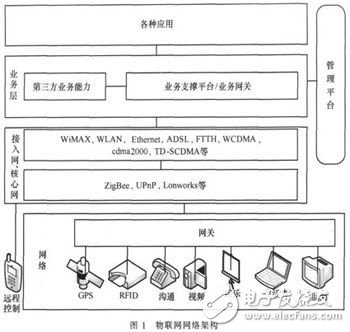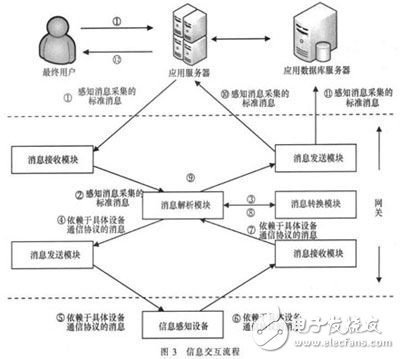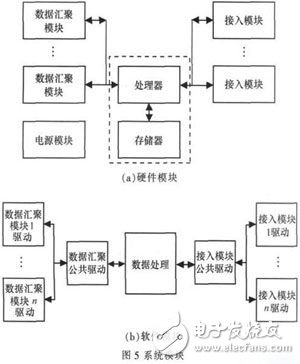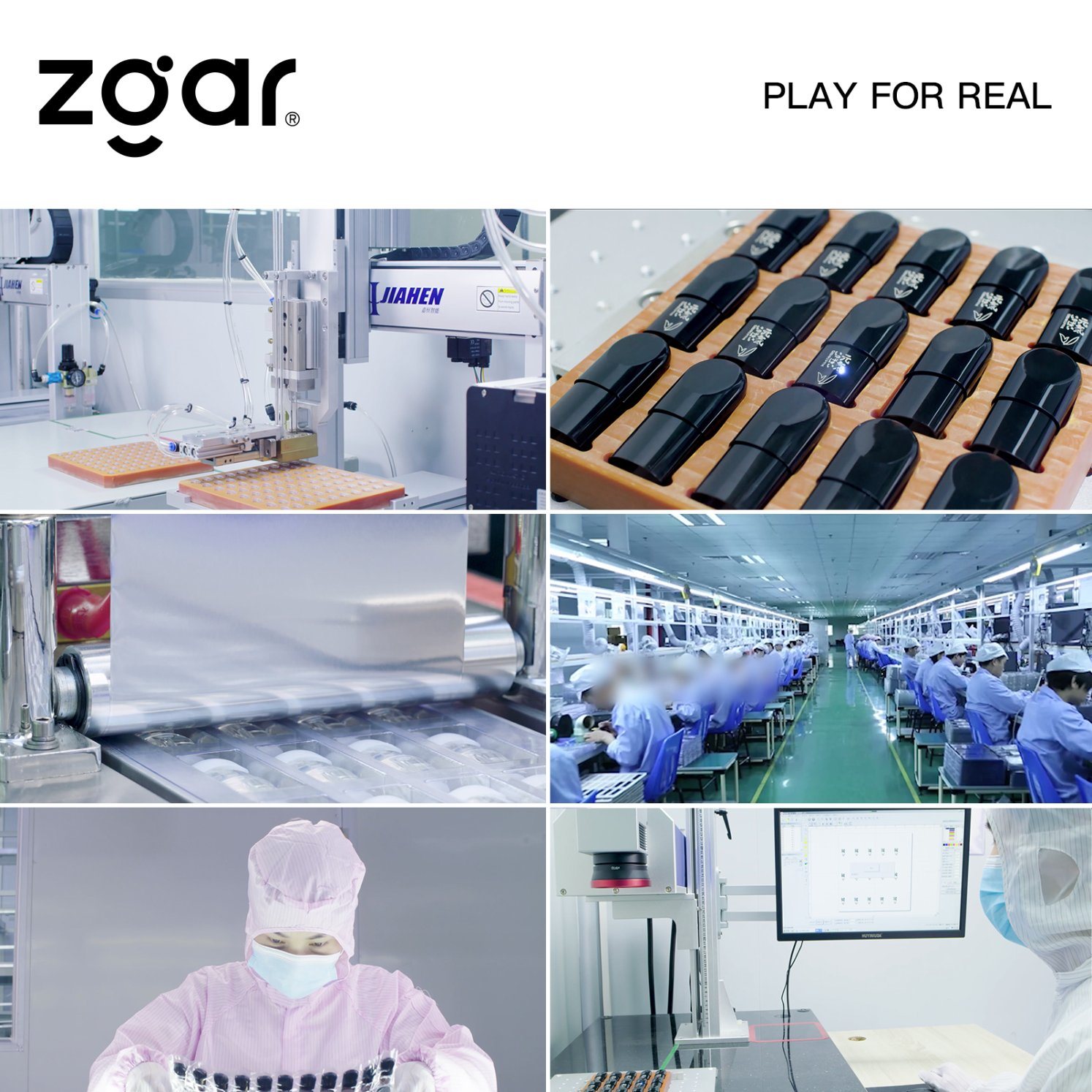The Internet of Things refers to information sensing equipment such as radio frequency identification (RFID), infrared sensors, GPS, laser scanners, etc., according to the agreed protocol, to achieve information exchange and communication at any time, any place, and any object to achieve intelligence A network of identification, location, tracking, monitoring and management. The Internet of Things is a network that connects the physical world with comprehensive perception, reliable transmission, and intelligent processing.
The Internet of Things has a wide range of uses, covering smart transportation, environmental protection, government work, public safety, safe home, smart fire protection, industrial monitoring, elderly care, personal health, plant cultivation, water system monitoring, food traceability, enemy investigation and intelligence collection, etc. Areas.
There are many ways to access the Internet of Things, such as wide-area PSTN, short-distance Z-Wave, etc. The Internet of Things gateway device integrates multiple access methods and unified interconnection to the key equipment of the access network. It can meet the access requirements of short-distance communication in local areas, realize the connection with the public network, and complete functions such as forwarding, control, signaling exchange, and encoding and decoding. The terminal management, security authentication and other functions ensure the quality of the Internet of Things service And safety. The Internet of Things gateway will play a very important role in the future Internet of Things era. It can realize the protocol conversion between the perception extension network and the access network. It can realize both wide area interconnection and local area interconnection. It will be widely used. Used in various industries such as smart homes, smart communities, digital hospitals, and smart transportation.
The networking of the Internet of Things adopts a hierarchical communication system architecture, including a perception extension system, a transmission system, a business operation management system and various applications, and supports different communication protocols at different levels, as shown in Figure 1. The perception extension system includes perception and control technology, consisting of perception extension layer devices and gateways, and supports multiple perception extension networks including communication protocols such as Lonworks, UPnP, and ZigBee. Sensing devices can be connected to the core network through multiple access technologies to achieve remote data transmission. The business operation management system is oriented to energy-consuming facilities within the scope of the Internet of Things, including application systems and business management support systems. The application system provides end users with measurement statistics, remote measurement and control, intelligent linkage and other extended types of services. The business management support system realizes functions such as user management, security, authentication, authorization, and billing.

The Internet of Things gateway will play a very important role in the future Internet of Things era, and it will become the link between the perception network and the traditional communication network. The IoT gateway can realize the protocol conversion between the perception network and the basic network and different types of perception networks, and can realize both wide-area interconnection and local-area interconnection. The IoT gateway has the following functions.
(1) Extensive access capabilities
At present, there are many technical standards for short-range communication. Only common WSN technologies include Lonworks, ZigBee, 6LowPAN, RUBEE, etc. Various technologies are mainly developed for a certain application and lack compatibility and system planning. For example, Lonworks is mainly used in building automation, and RUBEE is suitable for malicious environments. How to achieve protocol compatibility, interface and system planning, at present, many organizations at home and abroad have been carrying out the standardization of IoT gateways, such as 3GPP, sensor working group, in order to realize the interconnection and intercommunication of various communication technology standards.
(2) Protocol conversion capability
Protocol conversion from different perception networks to access networks, unified encapsulation of the data in the standard format of the lower layer, to ensure that the protocols of different perception networks can become unified data and signaling; the data packets sent by the upper layer are parsed into perception The signaling and control commands that can be identified by the layer protocol.
(3) Manageability
Powerful management capabilities are essential for any large-scale network. The gateway must be managed first, such as registration management, authority management, status supervision, etc. The gateway realizes the management of the nodes in the subnet, such as obtaining the identification, status, attributes, energy, etc. of the node, as well as remote wake-up, control, diagnosis, upgrade, and maintenance. Due to the different technical standards of the subnet and the different complexity of the protocol, the gateway has different management capabilities. This paper proposes to manage different perception networks and different applications based on a modular IoT gateway method to ensure that a unified management interface technology can be used for unified management of peripheral network nodes.
3 IoT gateway system designThe IoT gateway can realize the protocol conversion between the perception network and the basic network and different types of perception networks, and can realize both wide-area interconnection and local-area interconnection. This IoT gateway is designed for a heterogeneous data perception environment oriented to perception networks. In order to effectively shield the differentiation of the underlying communication for effective network integration and data communication, it adopts modular design, unified data representation, and unified address conversion. The following is an explanation from the three aspects of the hierarchical structure, information interaction process and system implementation of the IoT gateway.
3.1 Hierarchy
The IoT gateway supports multiple communication protocols and data types between sensing extension devices, realizing the conversion of data communication formats between multiple sensing extension devices, unifying the uploaded data format, and at the same time collecting or downloading data to the extended sensing network. The control command is mapped to generate a message that conforms to the communication protocol of the specific device. The IoT gateway performs unified control and management of the perception extension device, shielding the upper layer from the heterogeneity of the perception extension network at the bottom layer, and is divided into 4 layers, namely the business service layer, the standard message formation layer, the protocol adaptation layer and the perception extension layer ,as shown in picture 2.

(1) Business service layer
The business service layer is composed of a message receiving module and a message sending module. The message receiving module is responsible for receiving standard messages from the Internet of Things business operation management system, and passing the messages to the standard message formation layer. The message sending module is responsible for reliably transmitting the data information collected by the sensing extension network to the business operation management system. The messages received and sent by this layer must conform to the standard message format.
(2) Standard message formation layer
The standard message composition layer is composed of a message parsing module and a message conversion module. The message parsing module parses the standard message from the business service layer, and calls the message conversion module to convert the standard message into a data format that depends on the specific device communication protocol that the underlying perception extension device can understand. When the perception extension layer uploads data, the message parsing module of this layer parses the message that depends on the specific device communication protocol, and calls the message conversion module to convert it into a message in a standard format that can be received by the business service layer. The message formation layer is the core of the IoT gateway, completes the analysis of standard messages and messages that depend on the specific perception extension network, and realizes the mutual conversion between the two, achieves unified control and management of the underlying perception extension network, and shields the underlying network upward The purpose of the heterogeneity of communication protocols.
(3) Protocol adaptation layer
The protocol adaptation layer ensures that different perception extension layer protocols can be transformed into unified format data and control signaling through this layer.
(4) Perception extension layer
This layer faces the underlying perception extension device and includes two sub-modules: message sending and message receiving. The message sending module is responsible for sending messages that can be understood by the specific perception extension device after the message composition layer is converted to the underlying device.
The message receiving module receives the message from the bottom device and sends it to the standard message formation layer for analysis.
The perception extension network consists of perception devices, including radio RFID, GPS, video surveillance systems, various types of sensors, etc. Perception extension devices support multiple communication protocols, which can form Lonworks, Zigbee, and other various extension networks.
3.2 Information exchange process
Figure 3 shows the flow of information interaction in the Internet of Things. The specific flow is analyzed as follows.

(1) The end user generates a message conforming to the standard data format and sends it to the message receiving module of the gateway business service layer.
(2) The message receiving module of the business service layer sends the standard message to the message parsing module of the standard message formation layer.
(3) The message analysis module calls the corresponding message conversion function to convert the standard information into a message that depends on the communication protocol of the specific device.
(4) The message parsing module transfers the converted message that depends on the specific device communication protocol to the message sending module of the perception extension service layer.
(5) The message sending module of the perception extension service layer selects an appropriate transmission method and sends specific messages that rely on the device communication protocol to the specific underlying device.
(6) The bottom device performs information collection operations according to specific messages, and returns the results to the message receiving module of the gateway-aware extended service layer.
(7) The message receiving module of the perceptual extension service layer of the gateway transmits specific messages that depend on the device communication protocol to the message parsing module of the standard message composition layer.
(8) The message analysis module calls the information conversion module to convert specific messages that depend on the device communication protocol into standard messages.
It can be seen from Figure 3 that the IoT gateway solves the problem that different devices in the IoT network cannot be controlled and managed uniformly, achieves the purpose of shielding the differences in the underlying communication, and eliminates the need for end users to know the specific communication details of the underlying devices, and realizes the Perceive unified access to extended layer devices.
3.3 System design
The typical application structure based on the Internet of Things is shown in Figure 4. The wireless sensor node collects the corresponding data information, and sends the data to the gateway through wireless multi-hop self-organization. The fixed reader reads the content of the RFID tag and sends it to the gateway; the gateway sends the data to the server through the WCDMA network; the server performs processing on the data Process, store, and provide an information platform for users (including PC users and mobile phone users) to use. It can be seen from Figure 4 that the IoT gateway is a bridge between the perception network and the access network, and plays an important role.

When designing gateways for the Internet of Things, modular ideas are adopted to design gateways for different perception networks and basic networks to achieve a universal low-cost gateway. According to the idea of ​​modularization, the IoT gateway system is divided into data collection module, processing/storage module, access module and power supply module, as shown in Figure 5(a).

Data aggregation module: to realize the collection or aggregation of physical world data.
The gateway system uses the convergence node of the sensor network and the reader of the RFID network as the data collection equipment.
Processing/storing module: It is the core module of the gateway, which implements data processing and storage in various aspects such as protocol conversion, management, and security.
Access module: Connect the gateway to the wide area network. Possible methods include wired (Ethernet, ADSL, FTTx, etc.), wireless (WLAN, GPRS, 3G and satellite, etc.). This system uses WCDMA access.
Power supply management module: Responsible for the power supply of the entire system. The stable operation of the system is closely related to the stable performance of the power supply module. The power supply module designed here has both hot swap and voltage conversion functions. Possible power supply methods include mains, solar, storage batteries, etc.
ZGAR PCC KIT
ZGAR electronic cigarette uses high-tech R&D, food grade disposable pod device and high-quality raw material. All package designs are Original IP. Our designer team is from Hong Kong. We have very high requirements for product quality, flavors taste and packaging design. The E-liquid is imported, materials are food grade, and assembly plant is medical-grade dust-free workshops.
From production to packaging, the whole system of tracking, efficient and orderly process, achieving daily efficient output. We pay attention to the details of each process control. The first class dust-free production workshop has passed the GMP food and drug production standard certification, ensuring quality and safety. We choose the products with a traceability system, which can not only effectively track and trace all kinds of data, but also ensure good product quality.
We offer best price, high quality Vape Device, E-Cigarette Vape Pen, Disposable Device Vape,Vape Pen Atomizer, Electronic cigarette to all over the world.
Much Better Vaping Experience!


ZGAR PCC KIT E-Cigarette Vape Pen,ZGAR PCC KIT Disposable Device Vape,PCC SET,ZGAR PCC KIT Vape Pen Atomizer,ZGAR PCC KIT Disposable E-Cigarette OEM vape pen,ZGAR PCC KIT electronic cigarette
Zgar International (M) SDN BHD , https://www.szvape-pods.com